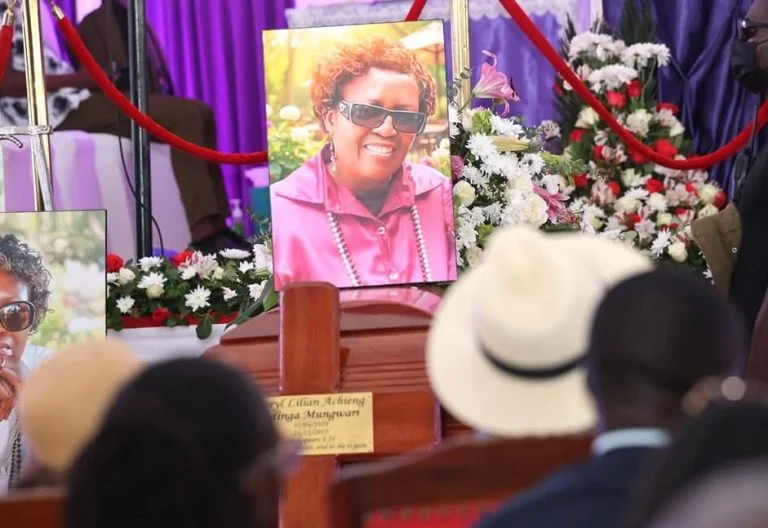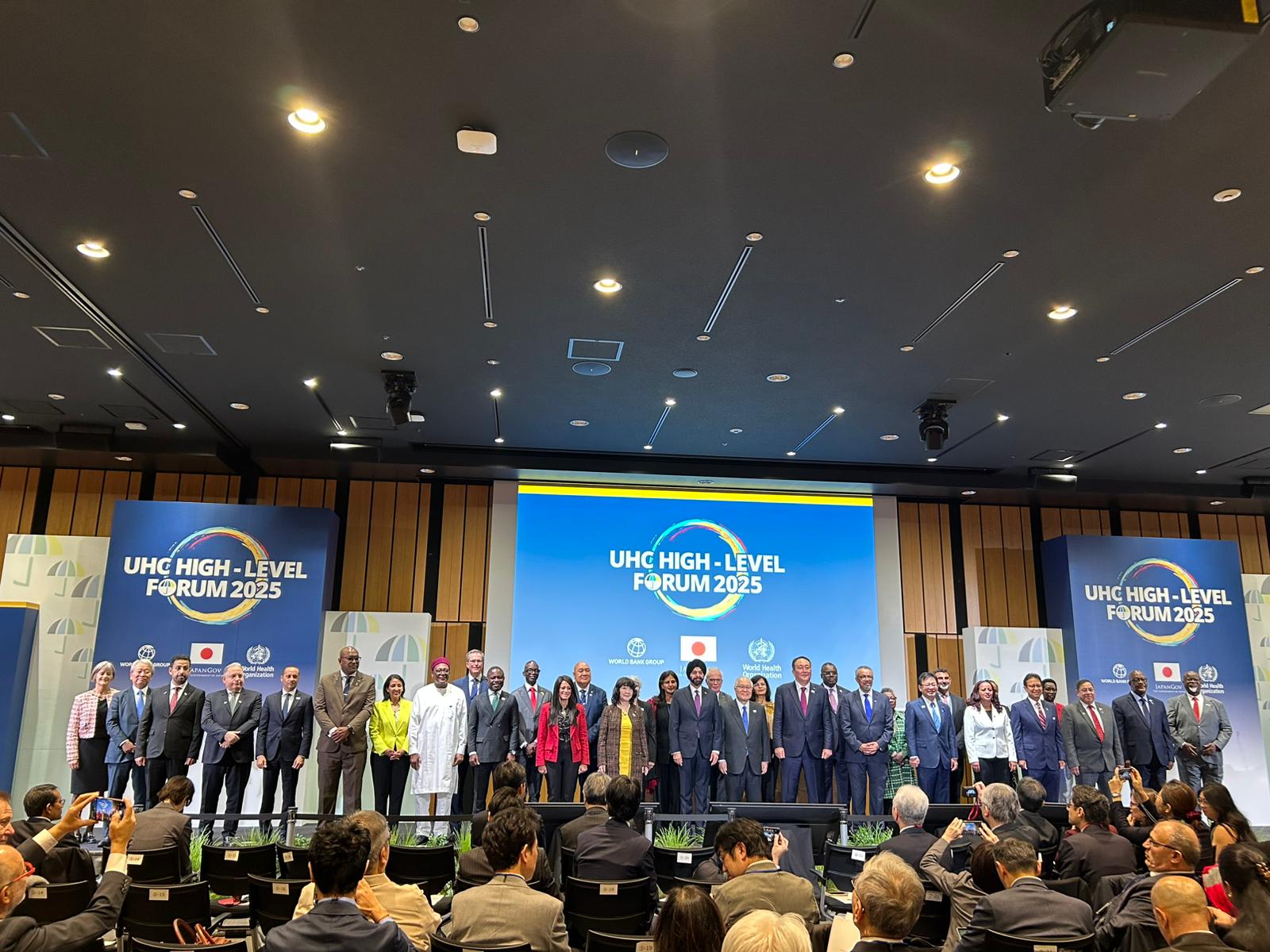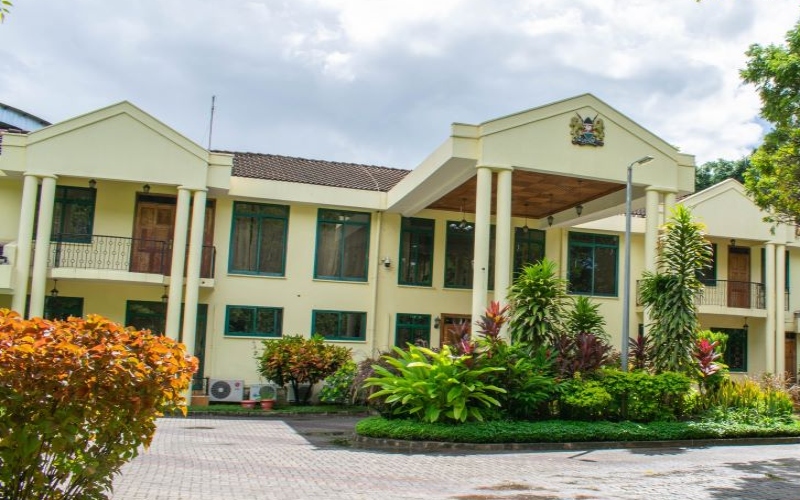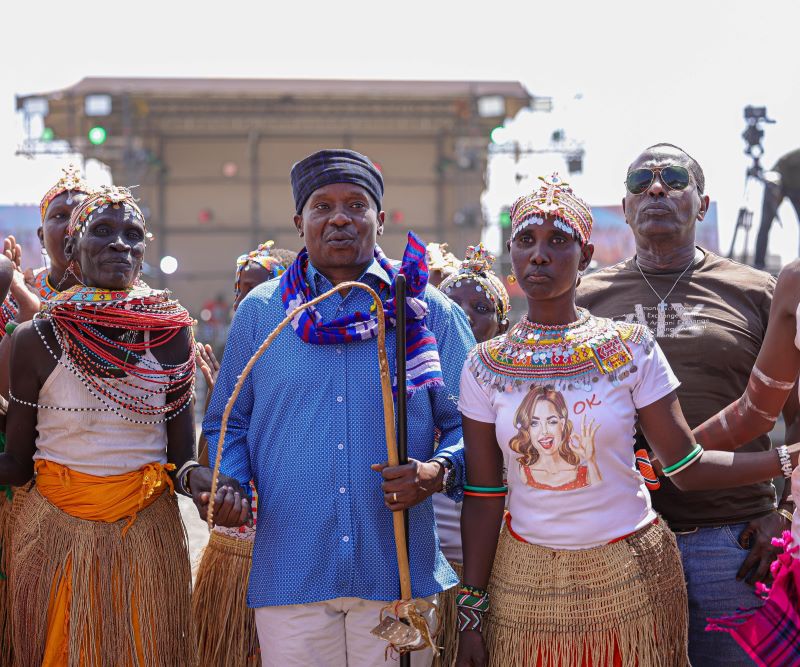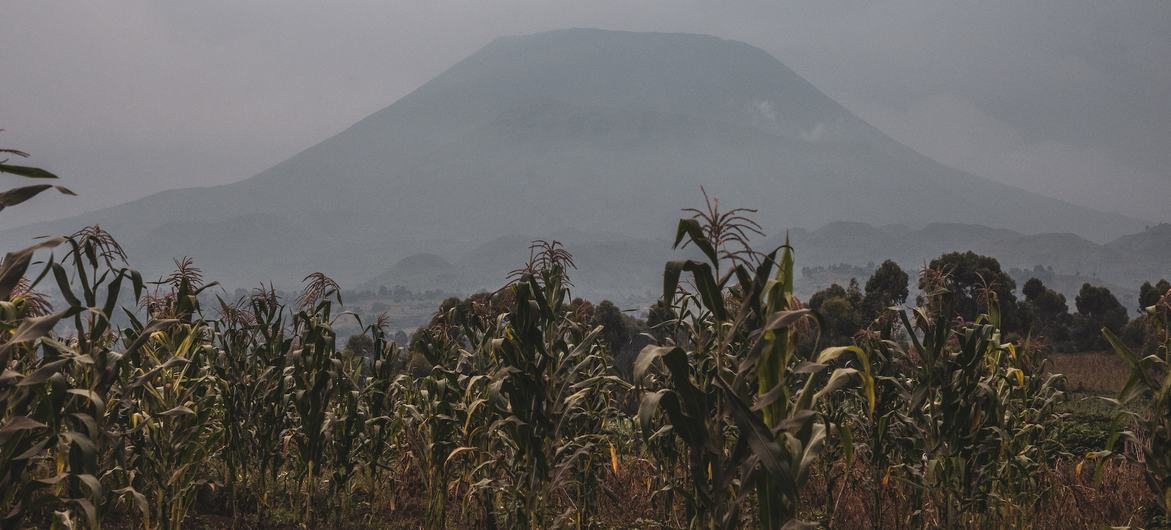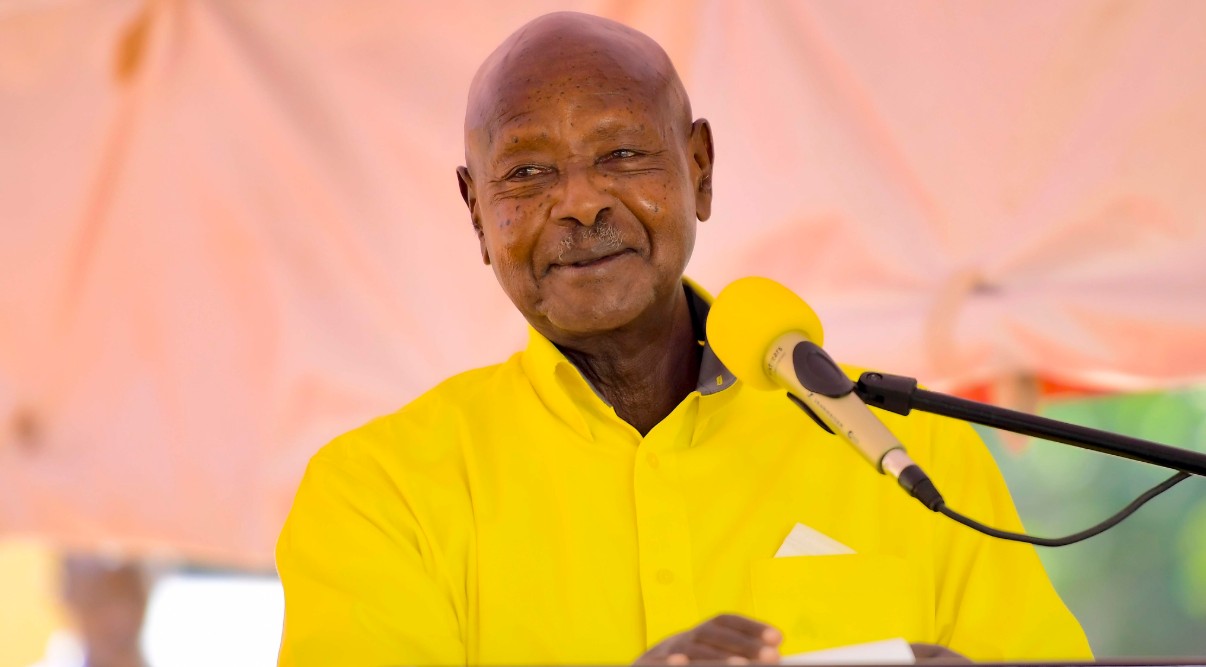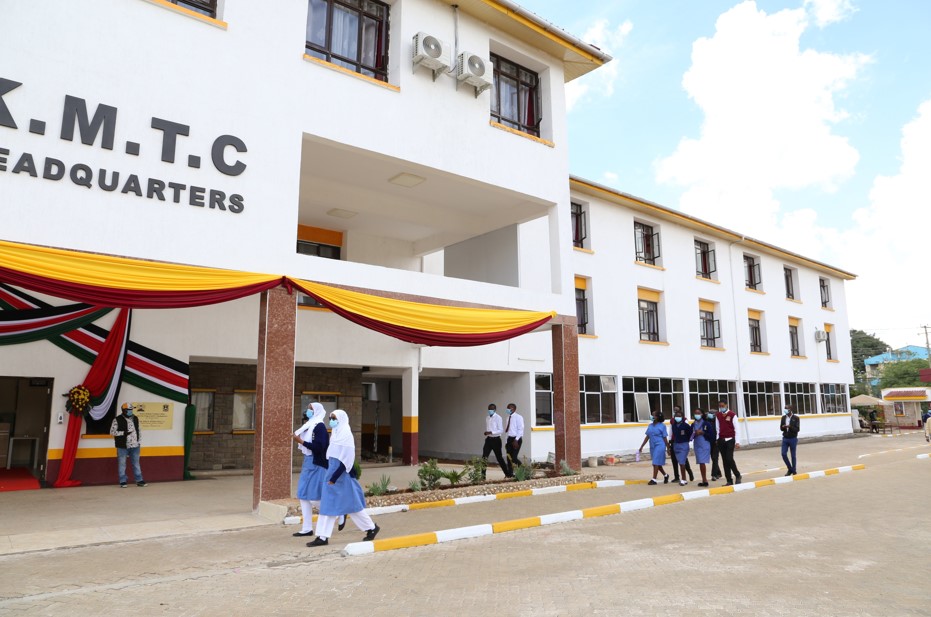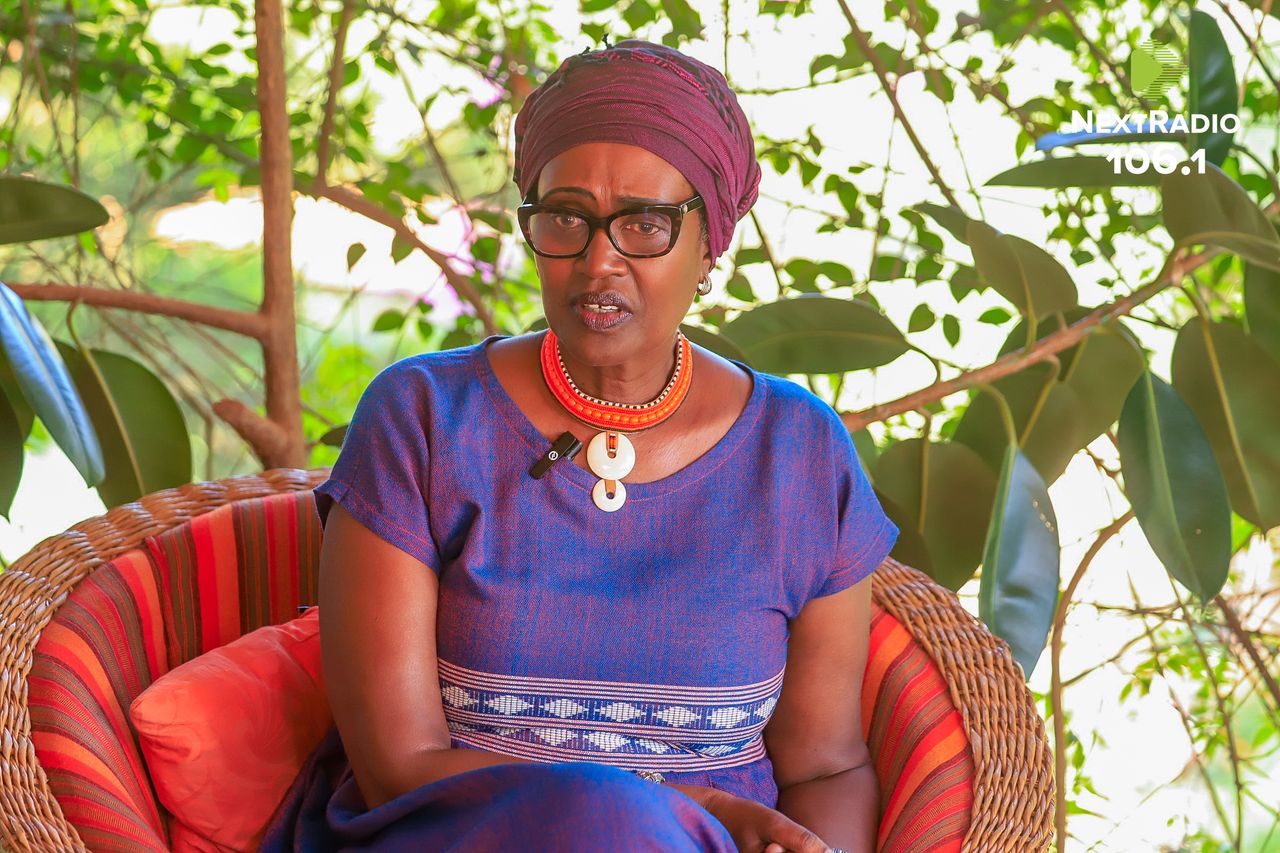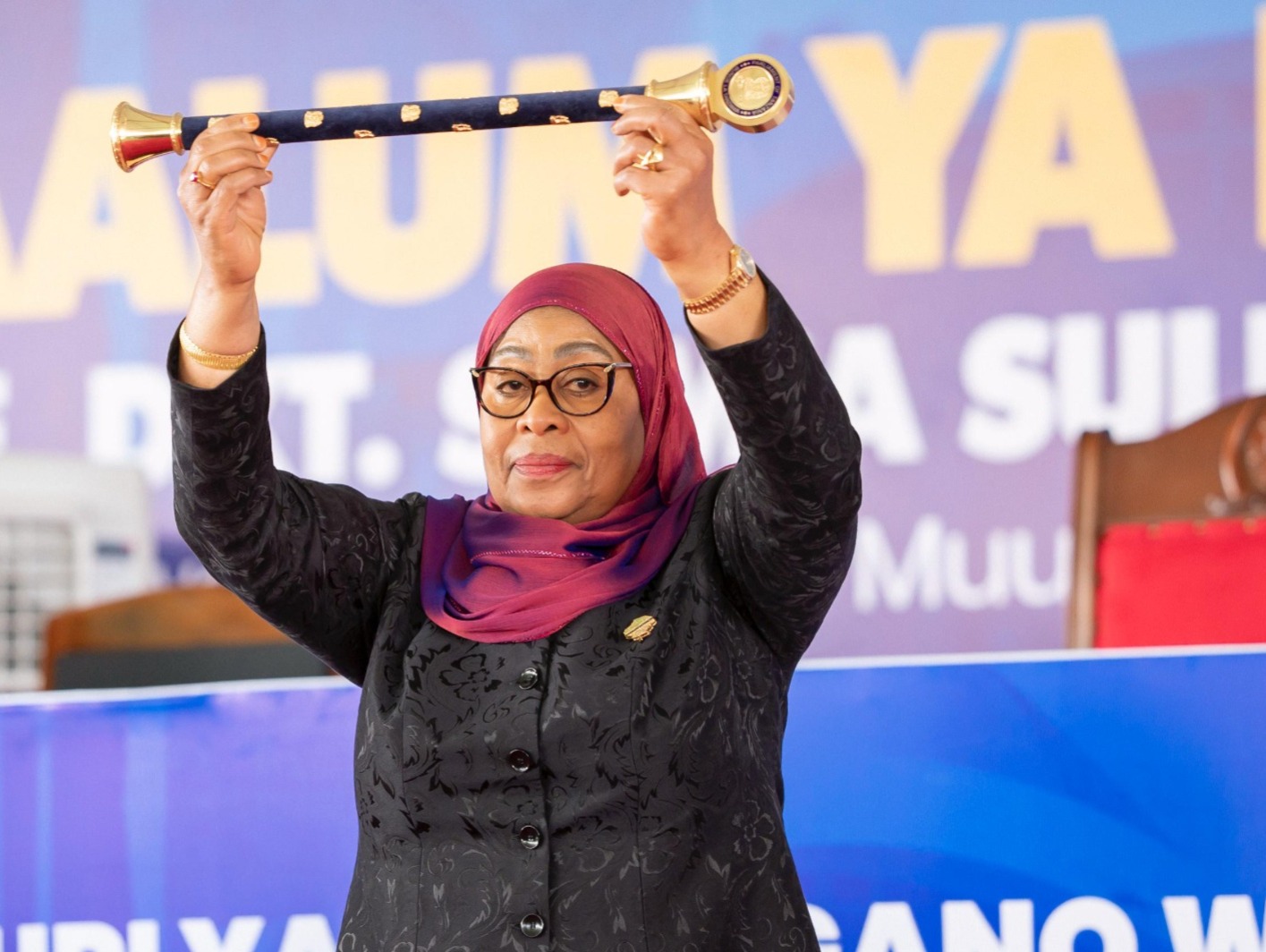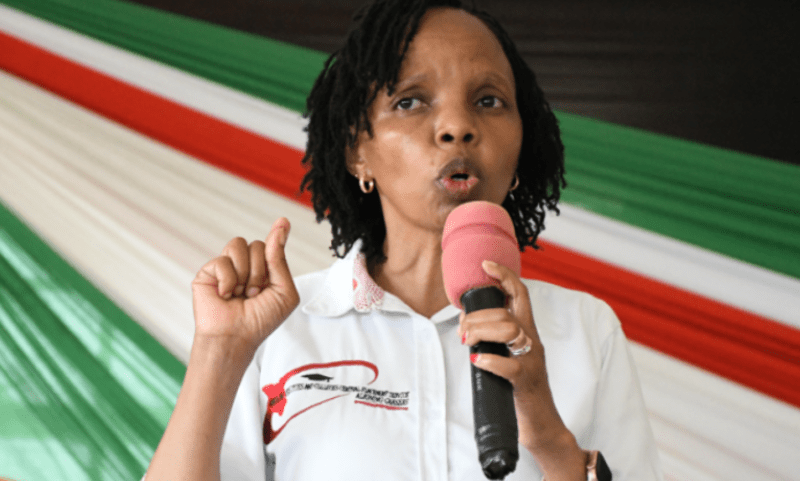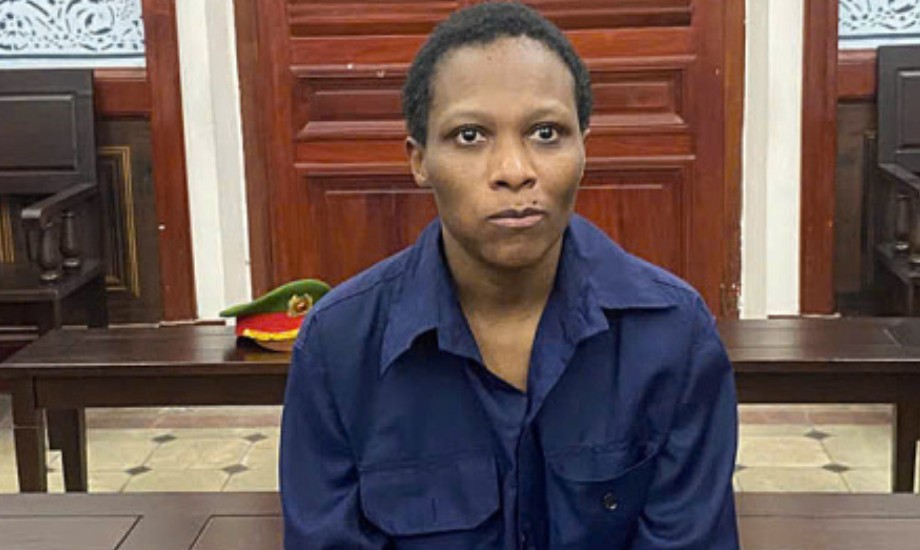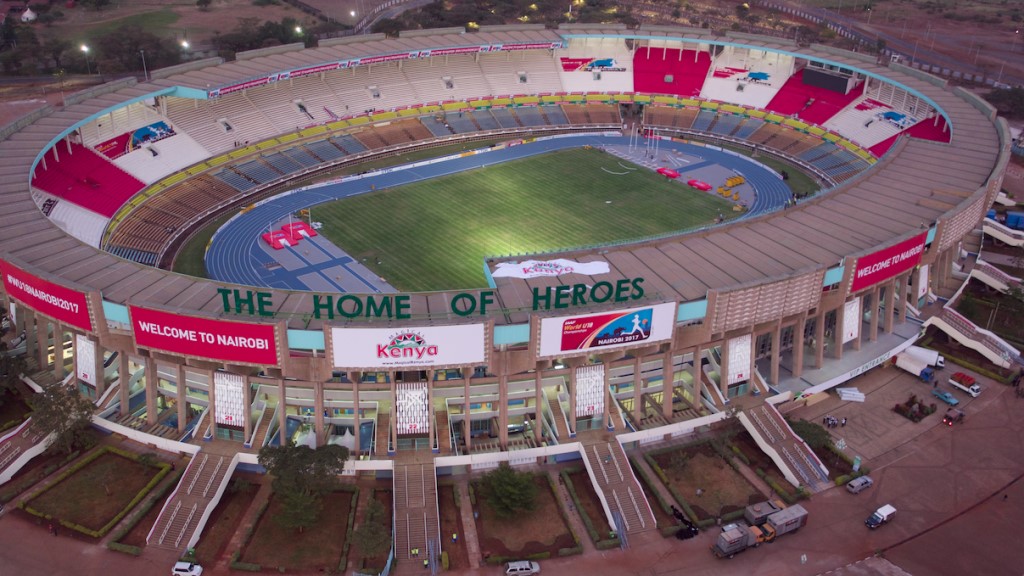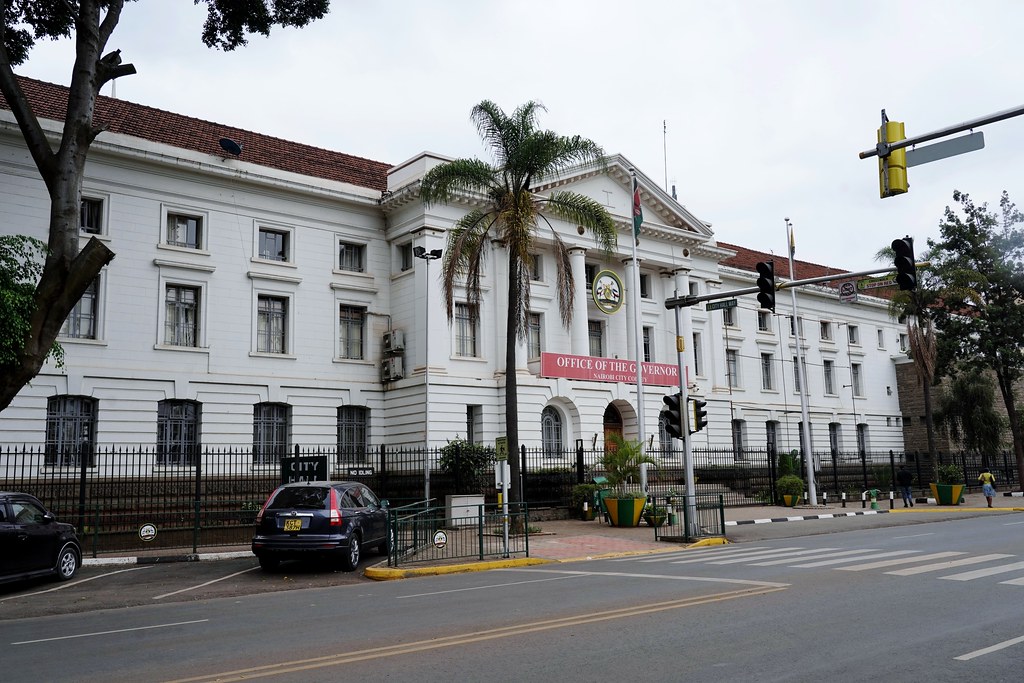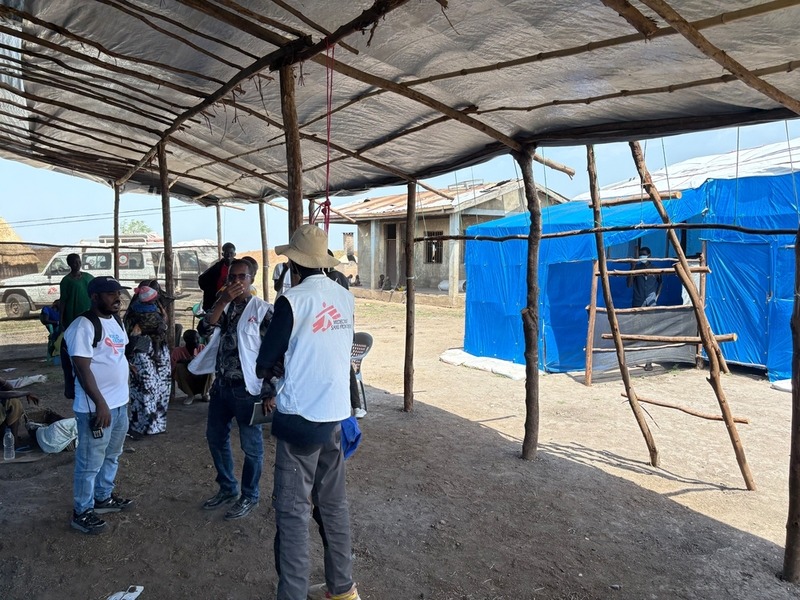Eastleigh’s beloved ‘bun’: A roasted, spiced coffee tradition steeped in culture and care
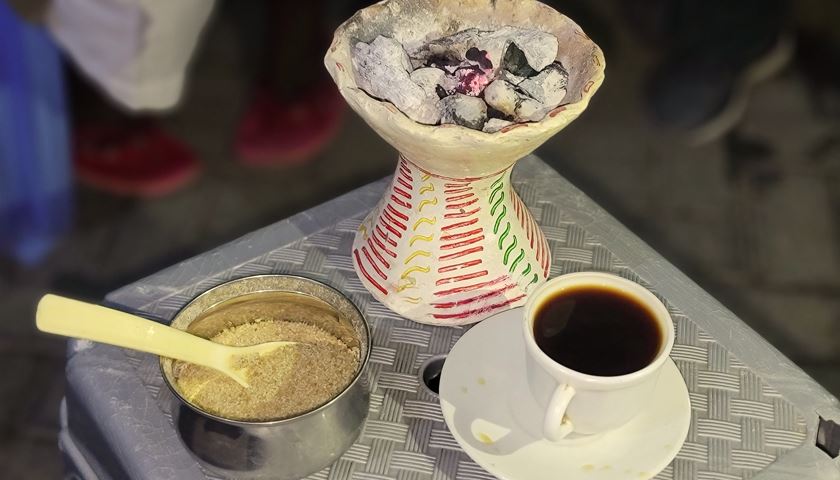
This coffee, known simply as bun, is roasted over open flames, ground by hand, simmered with or without spices and served with a warmth that transcends the drink itself.
My love for coffee recently led me to Eastleigh’s 9th Avenue, a stretch that hums with the rhythm of prayer calls, traders’ chatter and the comforting clatter of spoons against glass.
It is here, tucked in the back corner of Rebooth Place, where I discovered what might be Nairobi’s most soulful cup of coffee: bun, or as others might call it, bunna.
More To Read
- Brewing bliss at home: How to set up your coffee bar
- How community initiative is reviving Eastleigh’s cricket legacy
- Kenya wants China to remove tariffs on coffee, tea, avocados as trade imbalance persists
- Eastleigh MCA blames county officials for destruction of newly built Captain Mungai Street
- Youth football comes alive in Eastleigh as Fazam Academy clinches Moi Cup title
- Eastleigh’s 24-hour economy key to Kenya’s commerce, says CS Lee Kinyanjui
Forget espresso machines and cappuccino foam art. This coffee, known simply as bun, is roasted over open flames, ground by hand, simmered with or without spices and served with a warmth that transcends the drink itself.
It is an experience, one deeply rooted in Somali, Oromo and broader Horn of Africa traditions.
I found it at the last stall in Rebooth Place, just after Maghrib (evening prayers). The space was modest, wooden and plastic benches, a low counter, a shelf lined with glass jars and saucers, but the place held a deep, grounding energy.
What first drew me in was not the coffee. It was the scent of oud. That rich, smoky aroma of burning incense wood, laced with traditional resins and oils, lingered in the air.
Nearly every stall had a small burner on the table, the fragrant smoke curling around customers as they sipped their drinks. It drifted through the space like a quiet blessing, offering not just scent but a sense of atmosphere.
Behind the stall stood Galkida, a soft-spoken woman with curious eyes and a mother’s presence. She is the daughter of Elfee, who has run the coffee stall and has prepared bun for nearly three decades.
“We don’t have a name. People just know where to find us,” Galkida told me, as she stirred a clay jebena, a traditional black Ethiopian coffee pot, over glowing charcoal.
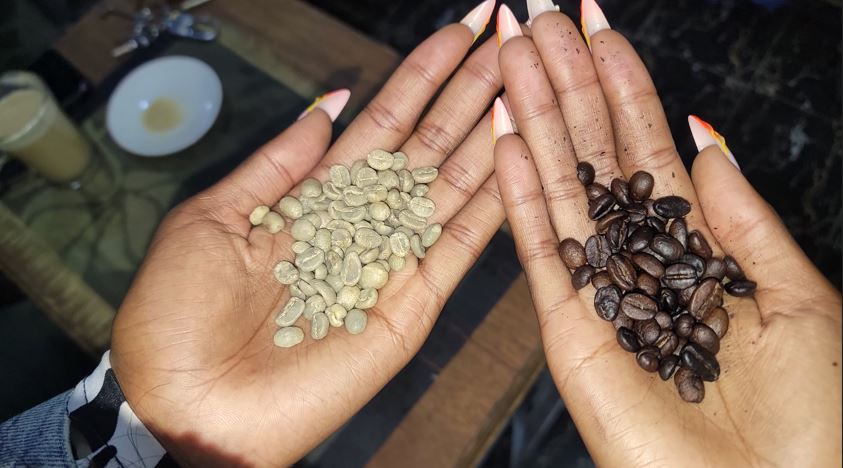 Raw green Arabica coffee and roasted Arabica coffee. (Photo: Ahmed Shafat)
Raw green Arabica coffee and roasted Arabica coffee. (Photo: Ahmed Shafat)
Heart of the operation
The jebena is the heart of the operation. Its round base and long neck are designed to brew coffee slowly and hold heat without boiling too aggressively.
“You don’t rush bun,” Elfee added, walking in from the back, where she had been sorting fresh green coffee beans.
“It has to sit. That’s how the flavour settles. That’s how the soul enters.”
Their bun comes in three versions: plain, cow milk, and, for the more adventurous, palate camel milk.
“We also get requests for goat milk,” Galkida smiled, “but that’s a special order.”
Each version brings its own character. The plain bun is bold and earthy, strong, almost smoky, like the hands that roast it. But when milk is added, the drink takes on a different tone.
Cow milk softens the edges, adding a creamy depth that hugs the bitterness just enough to mellow it. It is warm, round, and comforting a taste many say reminds them of home.
Camel milk, on the other hand, is slightly sweet and salty, with a richness that surprises first-timers.
It lingers longer on the tongue, with a silky texture that makes the coffee feel luxurious, even ceremonial.
“Most of our customers ask for milk, especially after work or on chilly evenings. It’s heavier and fills you more. Some even say it helps them sleep,” Galkida said, ladling warm bun into a small glass cup.
Perhaps that is the point. It is not just about caffeine or taste. It is about how the bun makes you feel.
Next to the jebena, a carved wooden mogotar (grinder) lay open, half-filled with freshly crushed coffee beans. Unlike commercial cafés, there is no electric grinder here.
The beans are roasted in a pan until they crackle, then pounded by hand with a pestle known as an itan.
Sometimes, the beans are roasted with bits of cardamom, clove, or cinnamon bark. No one measures; it is all intuition and feel, as Galkida put it.
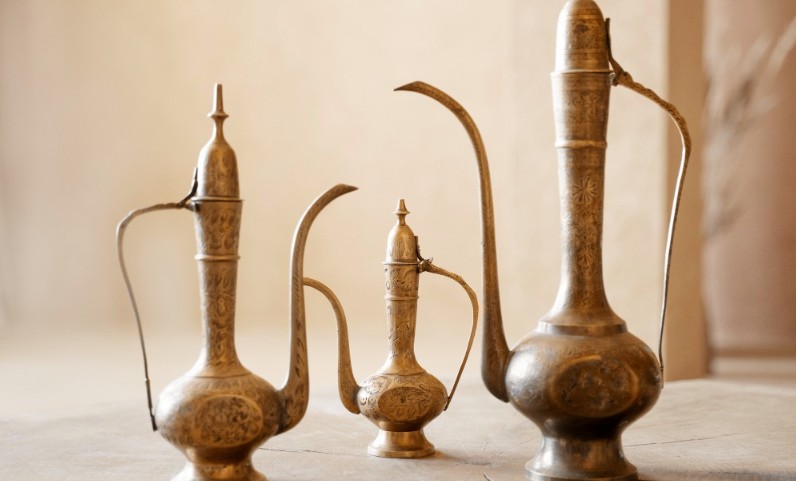 The jebena, a gracefully curved clay coffee pot, is a cornerstone of Somali and Ethiopian coffee traditions. Designed with a long neck and rounded base to retain heat, it is used to brew and serve qaxwo, a spiced black coffee. (Photo: Freepik)
The jebena, a gracefully curved clay coffee pot, is a cornerstone of Somali and Ethiopian coffee traditions. Designed with a long neck and rounded base to retain heat, it is used to brew and serve qaxwo, a spiced black coffee. (Photo: Freepik)
No spices
But she explained that they prefer theirs pure, without spices, and that is why customers gravitate toward their stall.
“In Ethiopia, we have it like that,” she said with a small smile.
“Just coffee, roasted fresh, ground by hand, and brewed strong. The smell fills the whole house. It is not just a drink; it is a ceremony. Something you sit with. Something you share. You don’t rush it.”
Later, before I left, Elfee carefully wrapped a handful of coffee for me, two small bags and a container: one with raw green beans, one roasted, and the container held the ground coffee bean for buyers.
“I will pack for you some, you try them at home,” she said. “But first, smell them.”
I did. At that moment, I understood just how much aroma carries memory.
The raw beans, smooth and pale green, gave off a clean, grassy scent. Light and fresh, like cut straw in sunlight.
The roasted beans were darker, warm to the touch, their aroma richer, deep, nutty, with hints of woodsmoke and caramel. They smelled like comfort, like someone up early, waiting for you.
But the ground coffee, oh, the ground coffee, was something else entirely.
Soft and powdery, it released a sweet, almost floral perfume as soon as I opened the container. I caught notes of cocoa, honey, and dried fruit all together, it was gentle and inviting. A fragrance that asked you to stay a while.
I asked Elfee if the beans were Arabica.
“Yes,” she nodded.
“We mostly use Arabica, it's sweeter and not too bitter, which our customers tend to prefer. Sometimes we use Robusta as well; it depends on the need. Robusta has a stronger, bolder taste, better for those who like that extra kick. We blend the two when necessary. But honestly, the best beans come from Ethiopia, places like Bale, Jimma, and Sidamo. The soil there is rich, and it really brings out the quality of the beans.”
Layered flavours
Arabica, she explained, brings out the layered flavours that define bun. It does not overwhelm; it unfolds with every sip.
Before I was served, Galkida gently placed a hand-crafted incense burner on the table. It was a wide-mouthed clay vessel with a flared rim, painted with curved red and green lines, simple yet striking in its symbolism.
She added oud, a blend of dried resin chips and brittle bark, sometimes infused with perfumed oil or frankincense (called lubaan in Somali, etan in Oromo). As it touched the hot coals, it began to curl and smolder, releasing a dense, woody aroma that hung in the air like a protective cloak.
I could feel it settling on my face, filling my nostrils, weaving through my hair, and clinging to every thread of my clothing.
“This is part of the tradition,” she explained. “The oud blends with the scent of coffee; it relaxes the spirit, and you feel like you are home.”
Something sacred
In many Horns of Africa households, especially Somali, Oromo and Habesha, this burning ritual is more than a sensory detail, it is the start of something sacred.
In Oromo homes, the bunna ceremony begins with incense, as a way of purifying the space. In Somali homes, it is the opening act to deep conversation, hospitality or prayer.
Here in Eastleigh, I felt the same. It was not just about the aroma. It was about slowing down time, about becoming present.
Customers drifted in, mostly Oromo and Somali men wearing macawiis (wraps) or neat kanzus (robes), sipping from small ceramic and glass cups. Some had handles like mini mugs; others were handle-less, with fine Habesha art circling the rims.
There is no rush here, coffee is served in small glasses, just enough to warm your hands and soothe your throat. It is not meant to be taken to-go.
I was drinking mine too quickly until Galkida gently told me to slow down, to be intentional with each sip. She said some people can make that tiny glass last anywhere from thirty minutes to an hour, unless, of course, they are in a hurry.
“Here, sips are slow and deliberate. People speak with one another, not over one another. In this space, bun is an invitation to pause,”
Traditionally, in both Ethiopian and Somali cultures, coffee is served in three rounds: abol, tona, and bereka.
Each round is lighter, gentler, more social, the longer you stay, the more you are welcomed into the rhythm of the room.
And even here, without the full three rounds, that spirit holds.
Communal aspect
What strikes me most is the communal aspect. Bun here is not gulped alone on the run like a caffeine fix, it is lingered over, shared, used as a bridge between strangers and friends.
“I come here when I miss my mother,” said Yasmin, a 24-year-old university student who sat across from me.
“She makes bun every Sunday back home. This place feels like her kitchen, the smell, the stories, the people…”
For Galkida and Elfee, who are of Ethiopian origin, this stall is both a continuation of home and a celebration of their community.
Over the years, they have embraced the rhythms of Somali, Oromo, Swahili, Nubian, Yemeni and other cultures that pass-through Eastleigh’s crowded corridors.
“It’s not just ours anymore,” Galkida said.
“This is everyone’s coffee.”
Fast food and coffee chains
In a rapidly modernising Nairobi, where fast food and coffee chains are sprouting on every corner, this little unnamed stall in Eastleigh stands out.
Not because it is trying to resist the times, but because it honours them by staying true to its roots.
“People think tradition is old,” Elfee said, as she wiped down the table. “But no. It is alive. It grows with us.”
And in every steaming cup of bun, brewed over coal, you should try some.
Top Stories Today
